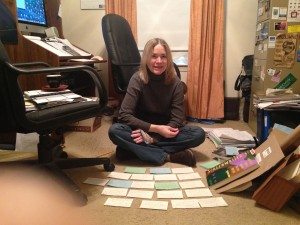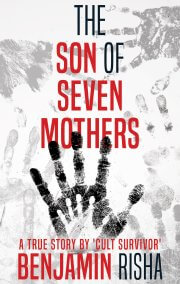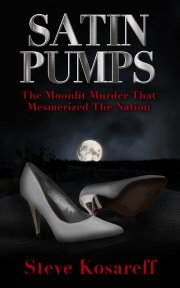
Debbi Mack, author of IDENTITY CRISIS and the Sam McRae mystery series
When it comes to writing novels, I’ve always found it helpful to break down the scenes on index cards. A story has a beginning, a middle, and an end. I make it a point of knowing (roughly) how I’d like my story to end. That way, I can create a map of sorts for getting from Point A (the beginning) to Point B (the midpoint) and Point C (the resolution).
This technique is even more important when writing a screenplay. Each beat of a story needs to fall within a certain page count. In screenwriting, one page equals about one minute of screen time. And so, like an actor hitting his or her mark, a screenplay must accomplish various parts of the story at certain times.
Now, there are all sorts of fancy programs with organizing tools and such, which are supposed to make this easier. But say your Internet or electricity goes out. What then?
Like a print book, there’s nothing to replace the feel of index cards. I lay the scenes out like playing cards, and it gives me a “bird’s eye” view of the overall plot. I can move the cards around, substitute new ones (with different colors, like replacement pages in scripts), combine scenes, strike others.
As for creating the actual story, as Ernest Hemingway would say, “There is nothing to writing. All you do is sit down at a typewriter and bleed.”





 Join our email list
Join our email list
Leave a Reply